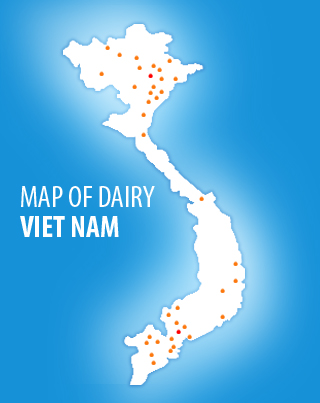News
Are You Culling the Right Cows?

“[Culling] decisions are not always straight-forward and depend on various factors; some under one’s control and others that are not controllable,” says Donna Amaral-Philips, dairy extension educator for the University of Kentucky. “Nonetheless, one needs to make these decisions based on current herd and cow data and current market prices.”
Before you load the next group of cull cows on the trailer, Amaral-Philips provides the following tips:
KEEP STALLS FULL
While culling cows is an essential part of keeping the herd profitable, culling too many animals can cause added headaches further down the road.
“One should strive to ‘keep the stalls full at all times,’” Amaral-Philips says. “By keeping the barn full (but not too full which can lead to overcrowding), one can spread the costs associated with fixed assets (buildings and equipment) and general expenses (electricity or chemicals for cleaning milking equipment), over more productive units or cows.”
To help keep a consistent amount of animals in the herd, Amaral-Philips recommends estimating the number of heifers or replacements needed to replace the normal number of cows culled. However, one needs to remember that breeding decisions made today impact potential culling decisions three years from now in herds raising their own replacements. Creating too many or too few replacements now can cause ripple effects throughout the herd.
KEEP COW DEATHS IN CHECK
“For culling rates within the herd to be the most profitable, cow death losses and unplanned exits need to be kept in check,” Amaral-Philips says.
She notes that the average death loss should remain between 5-6% of the total number of cows within the herd.
“Rates outside this range are concerning, not only from an animal welfare standpoint, but also represent a financial burden as they do not generate income to help fund their replacement,” she adds.
Sound farm records can allow one to detect changes or problems shortly after they start occurring and allow for quick implementation of management changes to correct the underlying health and performance issues.
IS IT MORE PROFITABLE TO KEEP HER?
Replacement heifers are valuable, but they can also be costly to raise. Some producers may wonder if it is more profitable to replace a cow with a replacement animal or wait to cull that animal out later.
“The current and future profitability of a particular cow relative to replacing her with a replacement heifer needs to be considered,” Amaral-Philips says. “Many additional factors, such as pregnancy status, replacement cost, and cull cow prices need to be considered in culling decisions besides milk price and feed cost. All of these factors impact whether it is more profitable to replace a particular cow with a replacement animal or to retain said cow at this time. A cow’s and her potential replacement’s long-term profitability needs to be considered.”
According to Amaral-Philips, economists can calculate what they call a “retention pay-off value” which essentially compares the lifetime income potential of a replacement animal to that of the income potential of a cull cow remaining in the herd. When the retention pay-off value is negative, the more profitable option is to replace the potential cull cow with a replacement. If the value is positive, retaining the cow is the more profitable option at this time in comparison to replacing her.
Tools to help one calculate the retention pay-off value or value of a cow can be found here.
CULL WITH CAUTION
Culling cows is an important piece of a farm’s profitability puzzle. Cull too many and you may not have enough replacement animals to fill the pipeline. Cull too few and you could be feeding more cows than necessary. Before you make the decision to ship your next cull cow in, it’s important to review the above tips.
“Culling decisions involve weighing multiple factors to determine which cows should be culled and when,” Amaral-Philips says. “The economics of these decisions are influenced by prices received for cull cows, milk, and replacement values. As these prices change over time, also the profit associated with replacing mature cows with those with a higher genetic merit also changes. Computer tools can help with these decisions so that the most profitable form of culling can be practiced.”



















